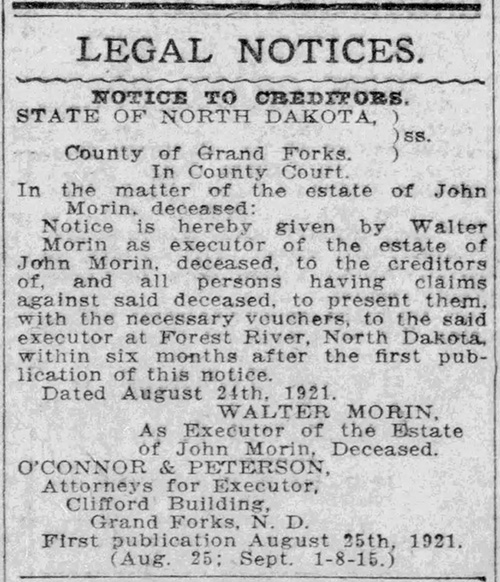A Post-Operative Fatality
People used to be terrified of entering the hospital for an operation, and for good reason. While going under the surgeon’s knife would hopefully cure you, there was a not insignificant chance that it might instead kill you. As late as the 1930s, for example, nearly 50 percent of diabetic amputations resulted in post-operative fatalities.
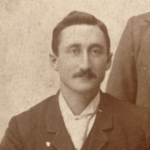
Did John Moran feel apprehensive about undergoing surgery at Saint Mary’s Hospital in Rochester, Minnesota in July 1921?1 Even before I discovered his entry in a funeral register (see below), I strongly suspected he must have done. But after reading the cause of death recorded below — Post-operative hemorrhage following prostatectomy — I now feel certain. This was a delicate and risky procedure for a 65-year-old man to undergo in 1921, and John Moran would have had every reason to fear potentially fatal complications.
Funeral Home Record for John Moran
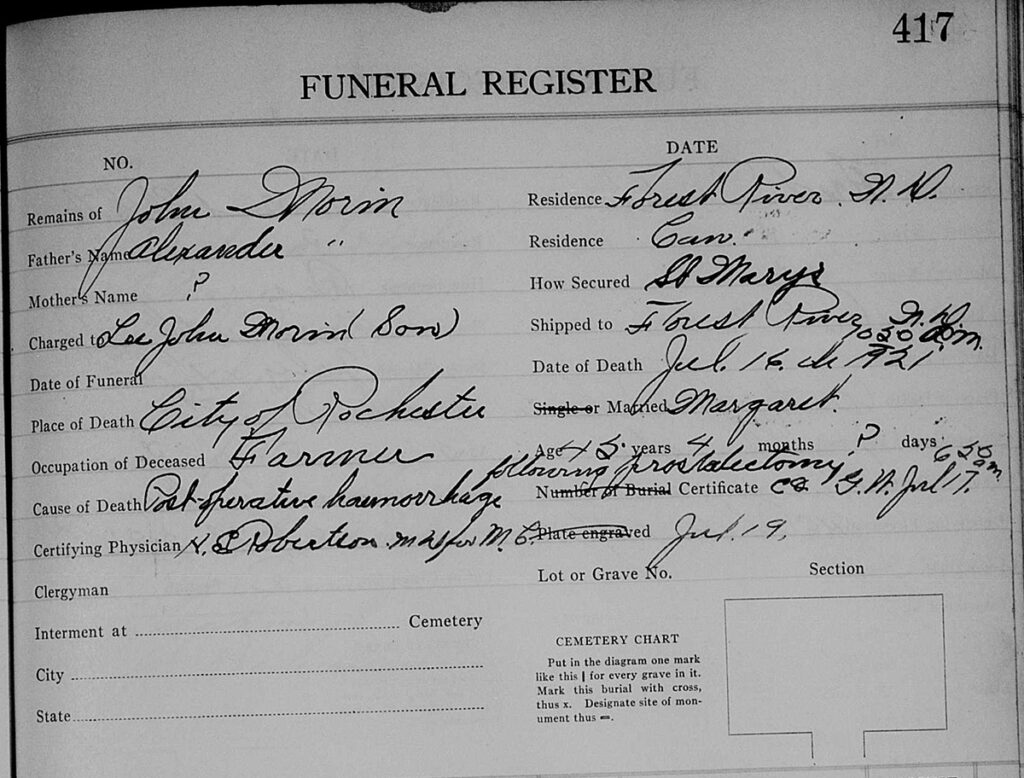
This funeral home record is one of several interesting and unexpected items that I’ve recently discovered using FamilySearch’s Full Text Search. I certainly did not specifically search for a funeral home record: indeed, until I found this record, it hadn’t even occurred to me that there might be funeral record produced in Rochester, Minnesota, pertaining to John Moran of Forest River, North Dakota. Instead, I came across this record by searching for Keywords “Forest River” and Name “John Morin:”

Searching for John Moran/Morin at FamilySearch
I am very new to FamilySearch’s Full Text Search, and am still figuring out the best search strategies. I certainly claim no expertise. But for what it’s worth, here are a couple of tips:
- I searched for both John Moran and John Morin
- When I searched for John Moran/Morin with Forest River, North Dakota as PLACE, I turned up nothing
- When I searched for John Moran/Morin with Forest River as KEYWORDS, I got three positive results: the above funeral home record from Rochester, Minnesota; and two land records (concerning the estate of his deceased father Alexander “Sandy” Moran) from Carleton County, Ontario. None of these three records were created in Forest River, North Dakota, but all three mention Forest River as the current residence of John Moran/Morin
Obituary for John Moran
The funeral home record supports the information recorded in John Moran’s obituary, which was first published by the Grand Forks Herald (Grand Forks, North Dakota) and then copied by the Carp Review (Village of Carp, Huntley Township, Carleton County, Ontario). Like so many obituaries, this one has a couple of small errors. For example, John Moran married Elizabeth “Eliza” Malcomson in 1879, not 1880; and he married Margaret “Maggie” Mary Tierney in 1896, not 1895. Also, the son who attended his death was, I believe, commonly known as Lee, not Leo, Moran. But most of the information recorded here is remarkably accurate, including the names and locations of John Moran’s surviving children and siblings.
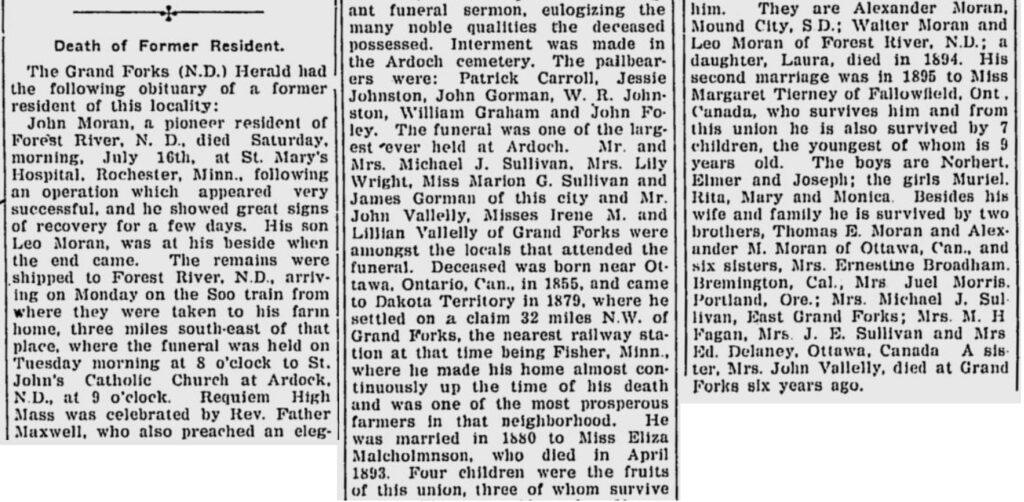
Both records agree that he died the morning of July 16, 1921, with the funeral home record specifying the time of death as 6:50 a.m. While the funeral home record does not supply the date of his operation, John Moran’s post-operative hemorrhage suggests he did not die on the operating table. According to his obituary, John Moran died “a few days” after his operation, which had initially appeared to be successful.
The funeral register records that his body was shipped to Forest River, N.D. [North Dakota]. John Moran’s obituary supplies a little more detail on this melancholy shipment:
The remains were shipped to Forest River, N.D., arriving on Monday on the Soo train from where they were taken to his farm home, three miles south-east of that place…
Not surprisingly, the obituary does not mention the specific cause of death that was recorded in John Moran’s funeral home record. Most newspapers of the day would have been extremely reticent about anything to do with the male (or the female!) reproductive system. Instead, John Moran’s obituary records that he died a few days after an unspecified “operation.”
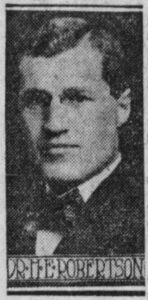
John Moran’s Physician
The funeral register gives us the name of John Moran’s certifying physician: he was Dr. H.E. [Harold Eugene] Robertson (1878-1946), who had only recently transferred (in May 1921) from the University of Minnesota, to take up a position as Professor of Pathology at the Mayo Clinic.
Clearly, Dr. Robertson was no old-timey country doctor. He had studied medicine at the University of Pennsylvania; had taught courses in pathology at the Universities of Berlin and Freiburg; and had published widely in prestigious American and European medical journals. No doubt it was the reputation of this doctor, and/or of the Mayo Clinic more broadly, which prompted John Moran to travel some 425 miles for treatment (the closest hospital would have been in Grand Forks, about 30 miles from Forest River). And yet, even with the most advanced medical care available at the time, John Moran did not survive his surgery.
John Moran’s Pallbearers
The obituary gives us the names of John Moran’s pallbearers: Patrick Carroll, Jessie [Jesse] Johnston, John Gorman, W.R. [William Robert] Johnston, William Graham, and John Foley. So: although John Moran had six surviving sons (three from his first marriage to Elizabeth Malcomson, and three from his second marriage to Margaret Tierney), none of these sons served as pallbearers. The pallbearers were presumably trusted and beloved friends and neighbours in the Forest River area.
What’s interesting is that, like John Moran himself, all six of his pallbearers were emigrants to North Dakota who had been born in the Ottawa Valley area of Ontario, Canada. Patrick Carroll was born at March township, Carleton Co., Ontario; John Gorman was born at Goulbourn township, Carleton Co., Ontario; John Foley was born at Smiths Falls, Lanark Co., Ontario; and William Graham and the Johnstons came from Bell’s Corners, Nepean township, Carleton Co., Ontario. None of these pallbearers appear to be directly related to John Moran. But note that his first wife, Elizabeth Malcomson, was born at Bell’s Corners, Nepean, of Irish Protestant and Scottish Presbyterian background: might she have been connected, whether by blood or marriage, to the Johnstons and/or the Grahams?
Also of interest: though John Moran had a Catholic funeral and burial, three of his pallbearers were not Catholics: the Johnstons were Presbyterians; and William Graham was also a Protestant (probably Presbyterian? though possibly Episcopalian?). John Moran’s son Elmer Mark, a Catholic, would later serve as pallbearer for William Graham’s wife Mary Elizabeth Davidson, a Protestant.3
An interesting note about John Moran’s pallbearer Patrick Carroll. Although Patrick’s mother was a Moran, I have yet to discover any connection to my Moran ancestors. But Patrick married Catherine Teresa Killeen, daughter of John Killeen and Margaret Fahey, and therefore a descendant of both my Killeen and my Lahey ancestors.
- St. Mary’s was the founding hospital for what would become the Mayo Clinic. ↩︎
- Rochester, Olmsted, Minnesota. Funeral Home Records 1919-1922 ↩︎
- When William Graham’s wife, Mary Elizabeth Davidson (also a Canadian emigrant to North Dakota, born at or near Ottawa, Carleton Co., Ontario), died at Forest River, North Dakota on May 8, 1939, her funeral services were held at the Forest River Presbyterian Church, but with a Rev. M. Powell, “Episcopal pastor,” co-officiating. Mrs. William Graham had an impressive number of pallbearers! In addition to six “active pallbearers” (so: the men who actually carried the coffin), she also had another eight “honorary pallbearers,” for a total of 14 men. John Moran’s son Elmer was amongst the active six; while the honorary pallbearers included three Johnstons, along with Charles Drew, brother-in-law of John Moran’s first wife Elizabeth Malcomson. “Mrs. W. Graham of Forest River Dies,” Grand Forks Herald, May 10, 1939, p. 2. ↩︎

